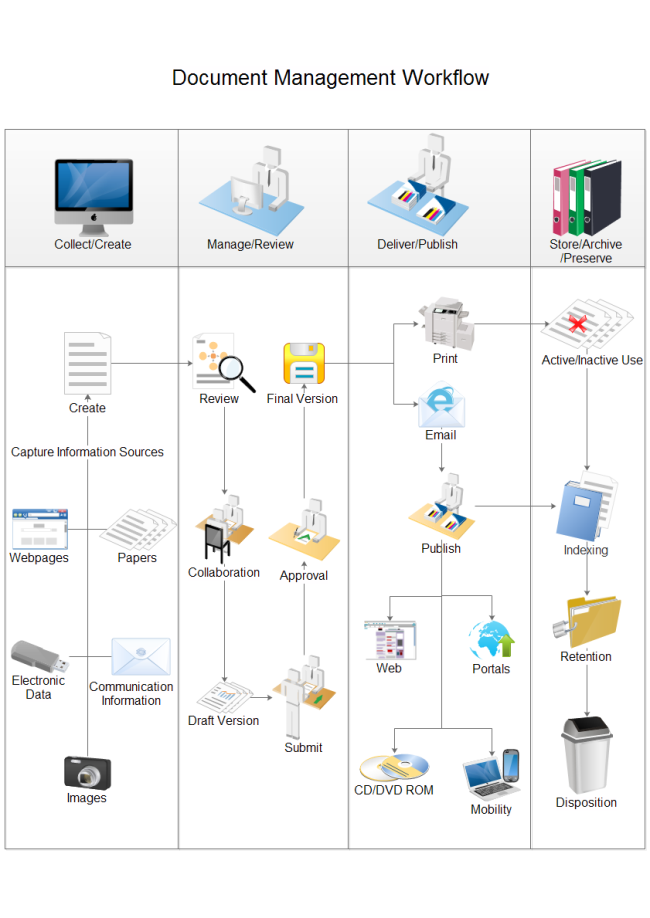From Paper Piles to Digital Powerhouse: My Journey Through ERP Document Management Workflow
Hello there! Let me tell you a story. It’s a story that many business owners and managers might find familiar, a tale of frustration, lost documents, and eventually, the glorious discovery of order and efficiency. I’m not a tech guru, just someone who runs a business, and I’ve been through the trenches of manual document management. So, pull up a chair, and let me walk you through my personal journey with something truly transformative: ERP Document Management Workflow.
Chapter 1: The Dark Ages of Paper – A Confession
I remember a time, not so long ago, when our office was… well, let’s just say it had a certain charm. That charm often manifested as towering stacks of paper, overflowing filing cabinets, and the constant, nagging question: "Where’s that invoice?" or "Did we ever get that contract signed?"
Imagine this:
- An important client contract needed approval. It would travel from my desk, to Sarah in Legal, then to David in Finance, and then back to me. Each stop meant it sat in an inbox (physical, mind you!) for hours, sometimes days.
- Someone needed a specific supplier invoice from three months ago. Cue a frantic search through dusty archives, often ending in "I think it’s in a box somewhere…"
- Audits were a nightmare. Every request for documentation felt like a scavenger hunt, sending shivers down my spine. The stress was palpable.
- Version control? Ha! We had "Contract_V1.doc," "Contract_V1_final.doc," "Contract_V1_final_really_final.doc," and then "Contract_V1_final_really_final_approved_David.doc." Which one was the real one? Your guess was as good as mine.
We were losing time, money, and frankly, our sanity. Our business was growing, but our processes felt stuck in the Stone Age. We needed a change, a big one. And that’s when I first heard whispers of "ERP Document Management."
Chapter 2: The "Aha!" Moment – What Exactly Is This "ERP Document Management Workflow"?
At first, "ERP Document Management" sounded like just another tech buzzword, intimidating and complex. But as I started to dig deeper, I realized it was exactly what we needed. For beginners like me, here’s how I came to understand it:
Think of your existing ERP system (Enterprise Resource Planning – the backbone of your business operations, handling everything from finance to inventory). Now, imagine integrating a super-smart, highly organized digital librarian and a tireless assistant directly into it. That’s essentially what an ERP Document Management (DM) system does.
But it’s not just about storing documents digitally. That’s only half the story. The real magic, the part that truly transformed our business, lies in the Workflow.
What is a Workflow? In simple terms, it’s the sequence of steps a document or task goes through from start to finish. In the old days, our workflow was "print, walk, put on desk, wait, pick up, walk, put on desk, wait…"
With an ERP DM Workflow, it’s entirely digital and automated. It’s like building a custom digital pipeline for every type of document in your business. When a document enters the system, the workflow dictates exactly where it goes, who needs to see it, who needs to approve it, and what happens next – all automatically.
It was the promise of this automation, this systematic journey for every single piece of information, that finally caught my attention.
Chapter 3: Building Our Digital Highway – The Core Components I Learned To Appreciate
When we started exploring ERP DM solutions, I quickly learned about the fundamental pieces that make up an effective system. These aren’t just features; they’re the building blocks of efficiency.
1. Seamless Document Capture: Bringing Documents into the Digital Realm
This was our first step. How do you get all that paper, and new incoming documents, into the system?
- Scanning: For our existing paper archives, high-speed scanners became our best friends. They converted physical invoices, contracts, and reports into digital files.
- Digital Creation: For new documents, it was even easier. Emails, spreadsheets, presentations – anything created digitally could be directly uploaded or even automatically pulled into the system.
- Intelligent Extraction: Some advanced systems could even read key information from documents (like an invoice number or vendor name) and automatically tag it. This was mind-blowing!

